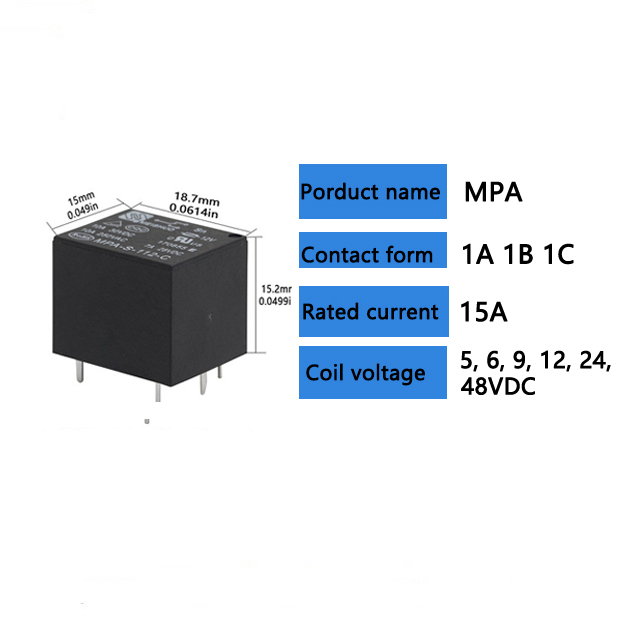In recent years, the rapid advancement of wireless communication systems has led to increased demand for higher data rates, lower latency, and more reliable connections. To meet these demands, researchers and engineers have developed various techniques to optimize network performance. One such technique is Relay Selection, a method used to enhance the communication between a source and a destination node by introducing intermediate relay nodes. These relay nodes help to overcome challenges such as signal attenuation, interference, and fading, thus improving the overall system performance. This article will explore the concept of relay selection, its importance, and its role in optimizing wireless communication networks.

Understanding Relay Selection Relay selection is a process where a relay node is chosen to assist in forwarding data from the source node to the destination node. The use of relay nodes is based on the idea of relaying signals across intermediate points in a wireless communication network. This method is especially effective in scenarios where direct communication between the source and the destination is not possible due to poor signal quality, distance, or obstacles such as buildings or terrain. In a traditional point-to-point wireless communication system, data is transmitted directly from the source to the destination. However, in real-world environments, various factors such as signal fading, interference, and shadowing can cause signal degradation, leading to reduced transmission rates or even dropped connections. By introducing relay nodes, the signal can be retransmitted along a more favorable path, improving signal strength and enhancing the overall quality of the communication link.
Leave a Reply